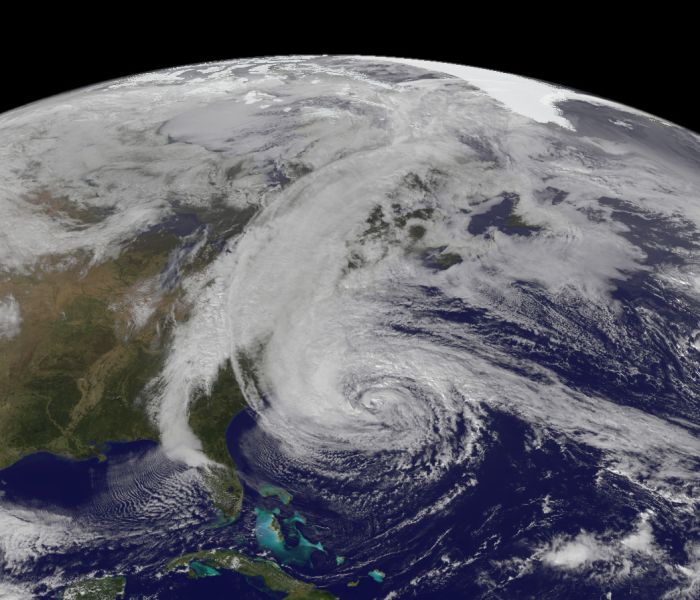Nearly eight months after Hurricane Sandy slammed the north-eastern United States, New York Mayor Michael Bloomberg is proposing a far-reaching $20 billion plan to build flood barriers and “green infrastructure” to protect low-lying areas of Manhattan from future superstorms.
Following Sandy, the mayor appointed a task force to assess the city’s vulnerability. In a report released this week based on its recommendations, the mayor cited scientists’ predictions that sea levels could rise as much as 31 inches by 2050, accompanied by severe storms and prolonged spells of extreme heat and cold.
“Hurricane Sandy made it all too clear that, no matter how far we’ve come, we still face real, immediate threats,” Bloomberg said in a speech at the Brooklyn Navy Yard, the same location where IceStone, a Sustainable Industries-profiled company, was nearly wiped out following Sandy (in this case, workers rallied to restore the factory). “Much of the work will extend far beyond the next 200 days — but we refuse to pass the responsibility for creating a plan onto the next administration. This is urgent work, and it must begin now.”
Bloomberg’s recommendations are highlighted by “green infrastructure” projects, including supporting renewable and distributed energy generation systems, planting more trees and vegetation on streets and rooftops, upgrading building codes, enhancing natural wetlands, and refurbishing drainage systems to manage runoff. The mayor also appointed a “director of resilience” named Daniel Zarilli.
The plan is heavy on construction of stormwalls and barriers, but Bloomberg suggested these could come in the form of elevated parks and boardwalks.
The mayor’s report was endorsed by a cadre of business and environmental organizations, including the Columbia University Center on Global Energy Policy, Real Estate Board of New York, Environmental Defense Fund, Building Resiliency Task Force, The Rockefeller Foundation, NRDC, New York Smart Grid Consortium, the American Institute of Architects New York chapter, and the region’s largest energy utility, Con Edision.
“These new guidelines place New York City at the forefront of thinking on resiliency relevant for coastal communities around the world,” said Christopher Collins, executive director of Solar One. “This continues a series of strategic steps that the Bloomberg administration has taken, including investment in new, sustainable building models, to help create a new paradigm for construction that addresses both the fact of climate change, as well as the need for renewable and sustainable practices.”
How will New York pay for it all? The city can rely on $10 billion in city capital funding and federal aid, and another $5 billion in U.S. disaster relief, the mayor said. Additional federal funding and capital raised through the sale of municipal bonds would be needed to cover the remaining $4.5 billion, he added. The plan outlines a number of ways to raise the additional billions that would be required for the plan to become a reality.
Story credit: www.sustainableindustries.com



Comments